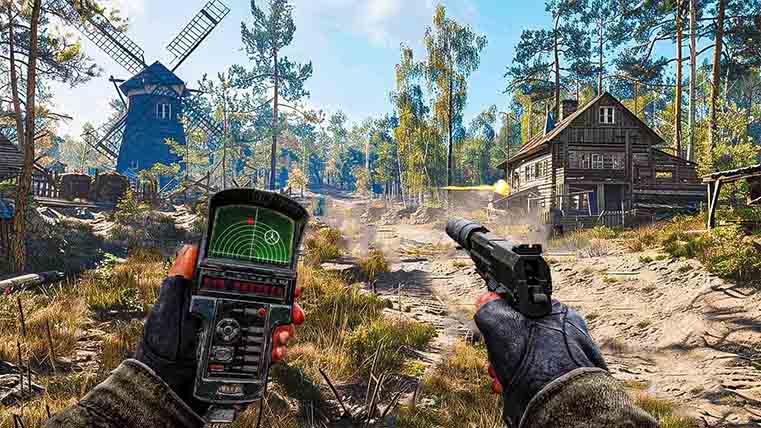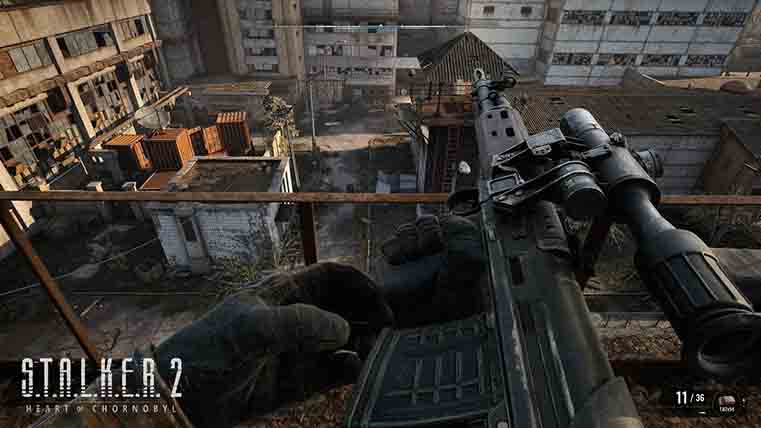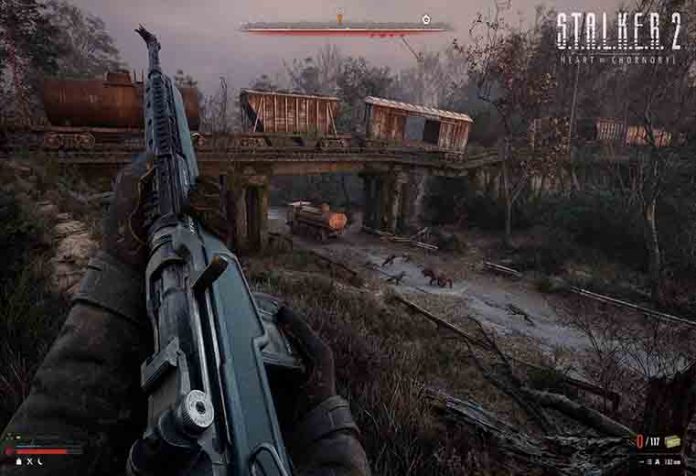The early gameplay experience of ”STALKER 2” has raised eyebrows among players and critics alike, especially in terms of performance on the Xbox Series X. Initial sessions have revealed a series of technical hiccups that detract from the otherwise immersive atmosphere the franchise is known for. Gamers reported symptoms ranging from frame rate drops to texture pop-ins, which are particularly noticeable in densely packed areas. Such issues can drastically impact the player’s ability to engage with the haunting environment that the series so masterfully crafts.
Several users have highlighted specific problems that need immediate attention, including:
- Frame Rate Issues: Players have encountered significant fluctuations, impacting the fluidity of gameplay.
- Visual Glitches: Unintentional distortions occur, especially during intense action sequences.
- Long Load Times: Extended loading screens have been reported, causing disruptions in the experience.
Developers are urged to address these challenges ahead of the game’s full release to ensure that the Xbox Series X can deliver the immersive experience that players expect. As fans eagerly anticipate the return to the Chernobyl Exclusion Zone, resolving these technical challenges will be crucial for maintaining the franchise’s reputation.
Visual Fidelity vs. Frame Rate: Striking a Balance in STALKER 2
The recent impressions from early gameplay footage of *STALKER 2* have reignited the age-old debate among gamers about the intricate dance between visual fidelity and frame rate. While the visuals of the game showcase the series’ trademark atmospheric depth and haunting realism, reports indicate that the Xbox Series X may struggle to maintain a consistent frame rate under the weight of these detailed graphics. This potential performance hiccup has raised eyebrows, especially considering that the franchise is known for its immersive environments that demand a high level of graphical detail, but not at the cost of fluidity in gameplay.
In navigating this balancing act, developers face a challenging task of prioritizing player experience without sacrificing graphical integrity. As gamers, we often seek:
- Immersive Environments: Richly detailed settings that enhance the narrative experience.
- Smooth Gameplay: A stable frame rate crucial for action-oriented sequences and tense encounters.
- Visual Effects: Cutting-edge technology that brings life to the game’s dystopian world.
Striking the right balance between these elements will be vital if *STALKER 2* aims to captivate its audience while keeping performance woes at bay. The community’s response will likely influence future optimization patches and updates as the developers work to deliver a polished end product that lives up to expectations.
Optimizing Performance: What Developers Can Do Ahead of Launch
To tackle these issues effectively, developers can implement several strategies, including:
- Profiling and Benchmarking: Regularly testing the game in various scenarios to pinpoint performance drops and frame rate inconsistencies.
- Asset Optimization: Streamlining textures, models, and other assets to ensure they don’t burden the system’s resources unnecessarily.
- Memory Management: Fine-tuning how the game utilizes memory to reduce load times and improve overall responsiveness.
- Feedback Integration: Actively listening to community feedback during the testing phase and swiftly addressing reported issues.
By taking these steps, developers not only work to deliver a polished final product, but also build trust within the gaming community, ensuring that their launch is met with enthusiasm rather than disappointment.
Community Reactions: Player Feedback Highlights Areas for Improvement
The public’s response to the early impressions of STALKER 2 has been a mix of excitement and concern, particularly regarding performance on the Xbox Series X. Player feedback has underscored significant issues that have prompted a call for immediate improvements. Gamers have reported encountering frame rate drops, long loading times, and texture pop-ins, which detract from the immersion that the game’s atmospheric environments aim to provide. As one player noted, “The world is beautiful, but when it stutters, it takes you right out of the experience.” These concerns highlight the need for optimization to ensure consistent performance across all platforms. Moreover, community forums are abuzz with suggestions for the development team at GSC Game World. Players have pointed out a variety of specific areas that require attention. Among the most commonly mentioned topics are:
- Stability across different gameplay scenarios: Some users have experienced crashes during critical missions.
- AI behavior improvements: Feedback indicates that NPC interactions could be more dynamic.
- Visual fidelity adjustments: Players have requested enhancements that could eliminate some graphical hitches during intense gameplay.
With the game set for a highly anticipated release, addressing these issues will be crucial for maintaining the franchise’s reputation and meeting community expectations.
